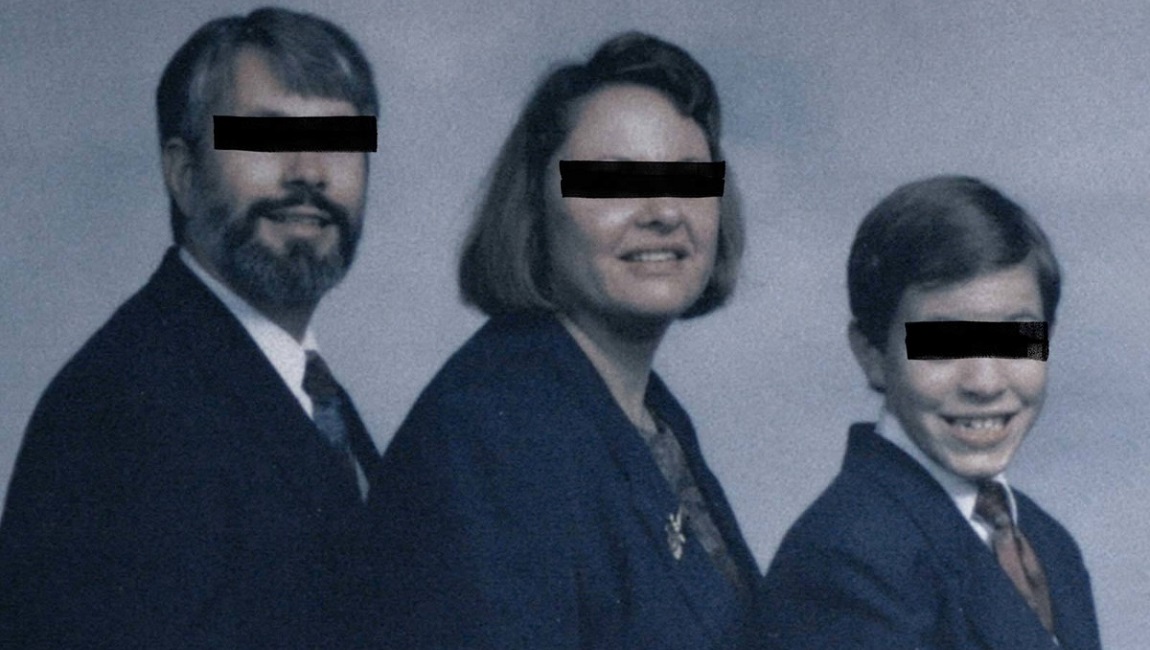The recent construction of the $217 million Ram Mandir in Ayodhya, confirmed by Hindu mythology as Shri Ram’s birthplace in India, and the ruling right-wing party’s wide publicization of its consecration ceremony has, amongst many other things, perpetuated a fixed definition of religious devotion. It’s an outwardly expressed grandiose gesture, reminiscent of an overly decorative and colorful musical number of, say, a Sanjay Leela Bhansali-directed Bollywood picture; in other words, maximalism to the power of maximalism. This oversized display, however, also propagates hate of a similar intensity toward others who don’t belong to the same religious community: the construction of the temple is on the same site where the Babri Masjid mosque stood until 1992, when right-wing Hindu mobs with the same “Jai Shri Ram” sentiment demolished it. Intentionally or not, then, this decade-spanning politicization of religion has forced devotion to be absolute, be it love for your deity or hatred toward the Other.
Anirban Dutta’s second film, Anubhuti (which translates to “feeling of a realization for something”), featuring three actors, one location, no dialogue but a lot of Indian classical music, is a mini-devotional epic that strives to unite without dividing. Its scale may be smaller and its tone much softer, but that doesn’t mean that it is in any way less passionate or expressive than a grandiose gesture; its expressivity comes from its imagination and its consistent attempts — sometimes successful, sometimes not — at breaking down all barriers that seem to limit the art of devotion.
The film’s story, if we can even call it that, draws upon Hindu mythology, the art inspired by it, and reality to create a romantic space unbound by time. It’s about two devotees of Lord Krishna (Rittick Bhattacharya): his wife, Radha (Shamila Bhattacharya), who, the introductory title card informs us, “shared precious moments” with Krishna in person, and one of his most beloved devotees, Meera (Aritraa Sengupta). Unlike Radha, Meera could never “intimately experience, touch, feel, and succumb to temptation for Krishna”; she connected with him through poetry and music. The film honors her artful devotion by placing all three of them in the same timeless stage-like setting to set up a love triangle of sorts that pits the two women against each other as they vie for the absolute affection of their God.
But Dutta’s vision of absolute devotion prioritizes the unification of their affections, not the conflict. The harmonizing hum of the sitar, the soul-cleansing sound of the bansuri (an ancient side-blown flute), and the deep, melodious voice of Vaishali Sinha (who’s also the composer of the film!) combine to create a flow that constructed artifice rarely disrupts. Dutta realizes this and uses Sinha’s varied renditions of Indian Classical music and hymns as a guiding hand to shape the film’s loose narrative. The images generally impose greater order, but some beautifully complement the music’s soulfulness. Primary among them is an extended close-up shot of Krishna, Radha, and Meera’s feet resting close to each other on a floor smattered with pink, purple, and red powder, playfully applying color to each other’s feet until they become indistinguishable. It’s an obvious literalization of the film’s ethos, but one that, like the gentle superimposition of Meera and Krishna’s hands applying color to each other with Radha and Krishna’s hands dancing in unison, convincingly communicates the blissful feeling that comes from pure artistic devotion.
Other elements of the film, however, disrupt this flow. Dutta assumes that long, unbroken takes would complement it as we get more time to just be with the characters. But when most of them are static wides mimicking a spectator’s POV shot of watching a stage play from an ideal distance, we also get more time to notice that staginess, especially the blocking. The images, immaculately orchestrated as they are, are also pillar-sized obstructions to the immaterial feeling that its musicality tries to generate. Equally disruptive is the asynchronicity of the two lead performances. It’s harsh to call one great and the other bad, but that’s the most accurate way to distinguish them. Sengupta, as Meera, is a natural at expressing herself through her big eyes and nimble body language; she’s entirely in sync with the film’s musicality, flowing from anger to joy to frustration to devotion effortlessly. Conversely, Bhattacharya’s Radha is all concentrated effort: her eyes widen too forcefully, and her gestural movements, supposed to mimic Meera’s, are too programmatic. We see her performance, but never through it; this conflicts with the film’s goal of creating a fluid connection between these two women.
Our awareness of filmic artifice and effort is not a negative though. It’s perhaps not what Dutta wants to achieve through Anubhuti, for the film is absolutely not an absolute devotional experience. But it doesn’t need to be. Its awareness of filmic construction allows it to remain connected to the real world and not simply exist in a mythological utopia. Meera and Radha are not immortal ideals, then, but two mortal devotional women who are willing to sometimes demean the Other in their quest to achieve Krishna’s love. Eventually, they reconcile and, in doing so, demonstrate that the art of religious devotion is not simply surrendering to God; it’s to do so mindfully, fully aware of the difference between unconditional love for your deity and delusional hatred toward the Other’s love.
Published as part of IFFR 2024 — Dispatch 1.







